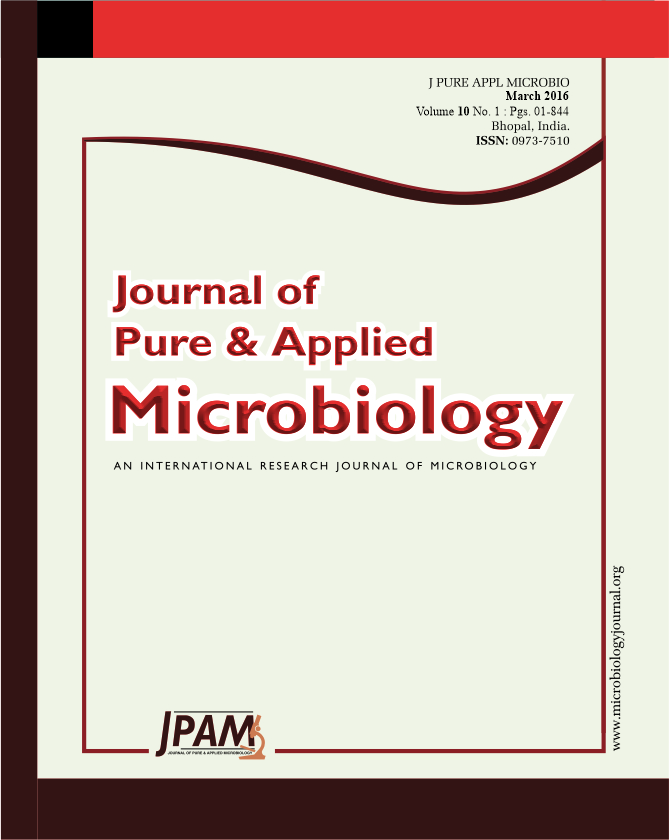The advent of better diagnostics and vaccines are instrumentation in of animal health management programs prevention and control of many important diseases of livestock in a cost-effective manner. Most of the conventional vaccines have the limitations like residual virulence, extensive safety precautions, difficulty in production, cost constraints and sometimes requirement of specific growth conditions like cell associated nature of the pathogen. Further, increasing populations of both humans and animals, changes in demography and ecological disturbances have led to unprecedented succession of new pathogens which have the capacity to jump species barriers. However, recent advances in molecular biology, biotechnology, immunology, immunogenetics and genetic engineering have paved new ways in the development of more effective, safe and economical vaccines and diagnostics for not only to the conventional pathogens but also to the unprecedented virulent or exotic pathogens. In this review the authors have highlighted the recent developments in the recombinant DNA technology, its advantages and limitations and the future challenges in reference to the animal disease diagnosis and control.
Disease control, Diagnostics, Gene manipulation, Economical, Recombinant protein, Vectors, Vaccine.
© The Author(s) 2016. Open Access. This article is distributed under the terms of the Creative Commons Attribution 4.0 International License which permits unrestricted use, sharing, distribution, and reproduction in any medium, provided you give appropriate credit to the original author(s) and the source, provide a link to the Creative Commons license, and indicate if changes were made.


